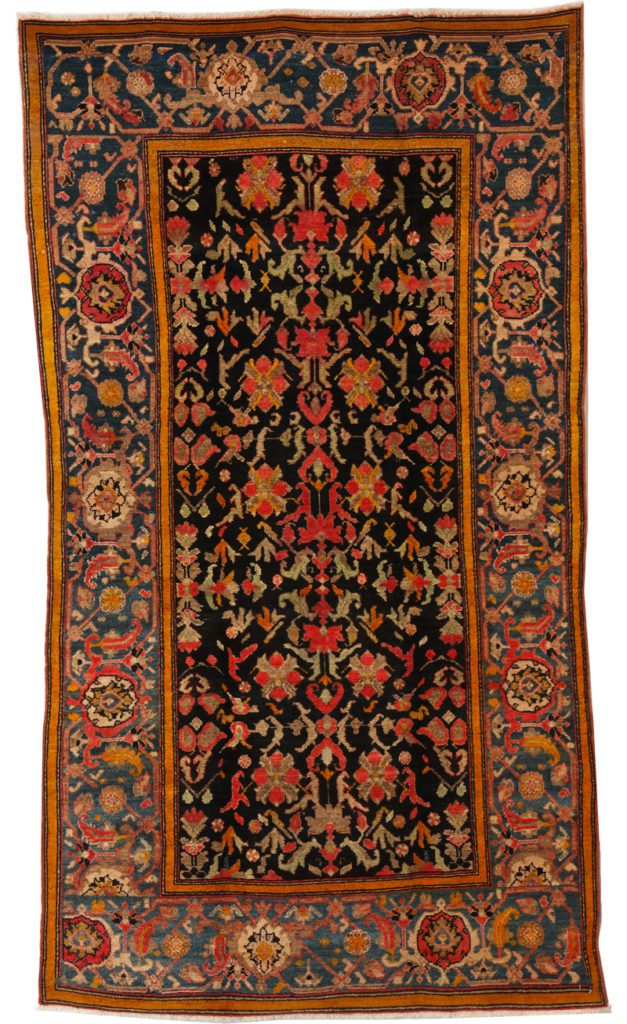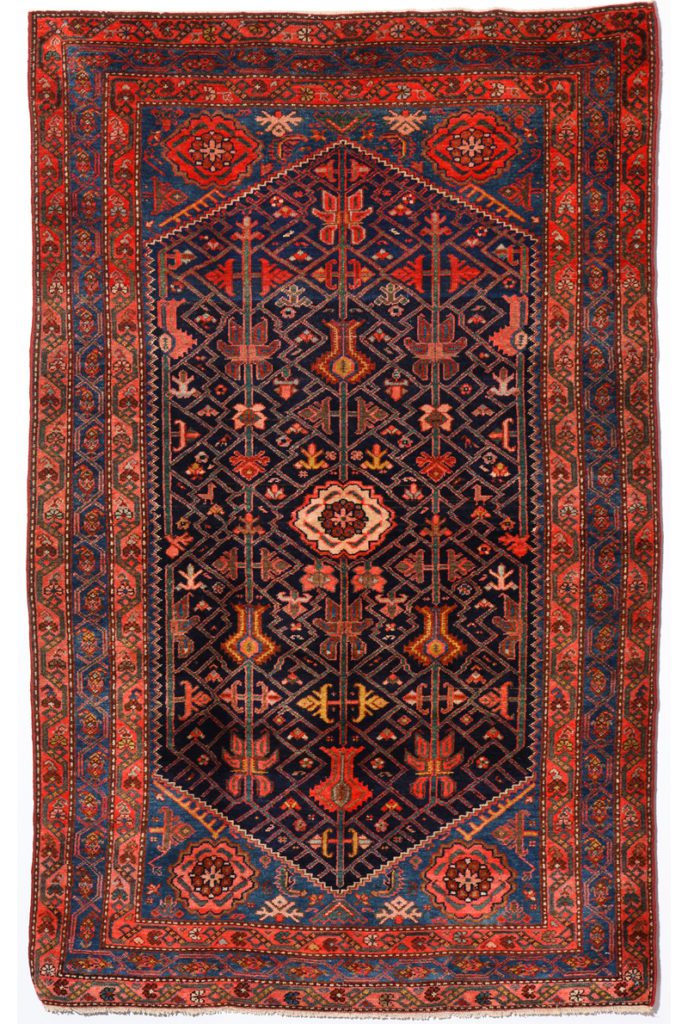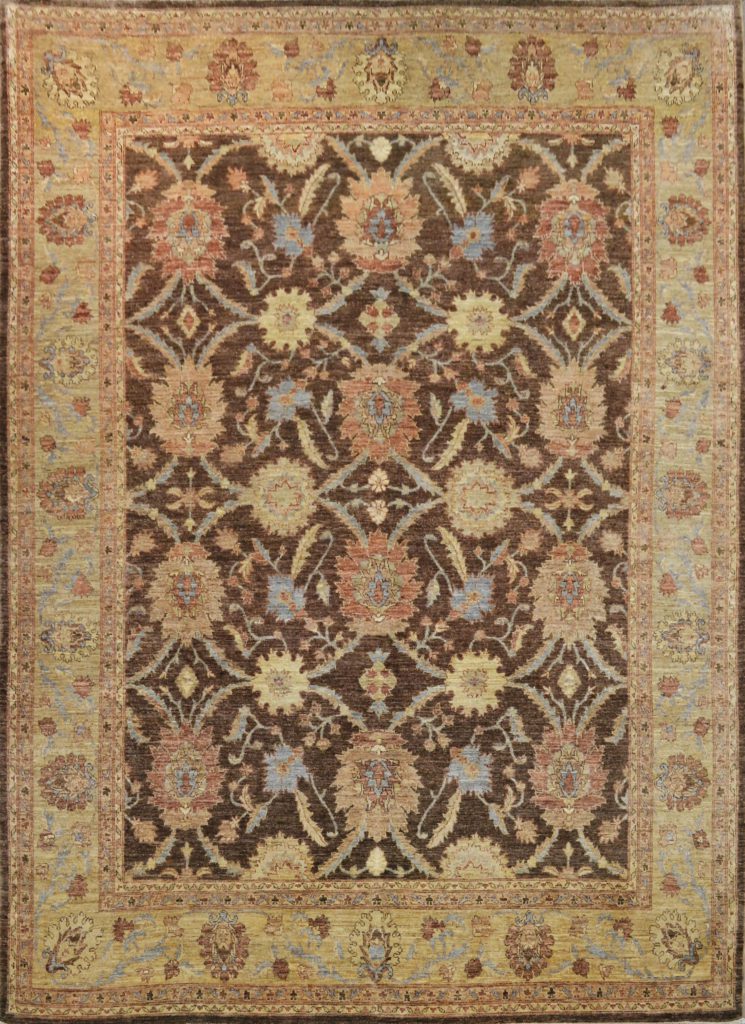A Brief History – The Farahan Carpet
At the close of the 18th century, the predominant Persian carpet distribution cities of Tabriz, Kashan, Kerman, and Mashhad found themselves accompanied by a new weaving hub, the Farahan region. Though these carpets were relative newcomers in the industry, they are now world-renowned for their signature weaving styles and designs. Continue reading to discover what types of rugs make up the Farahan family and how these one-of-a-kind carpets are made!
Located in Central-West Iran, the Farahan region is situated just over 180 miles from Tehran. And today, the Farahan region is home to about 31,000 inhabitants. Incredibly important for its agriculture, Farahan’s main export includes pomegranates and pistachios, among carpets. Home to the historic city of Sultanabad, now known as Arak, this region is home to many now famous carpet styles, such as the Sarouk, Malayer, Hamadan, and of course, Sultanabad.
Farahan carpets, along with Malayer, Sarouk, Hamadan, and Sultanabad carpets, share unique designs and motifs characteristic of the region. These overarching traits are the result of generations of carpet weavers finding inspiration and beauty in pieces produced in surrounding villages. Characteristically, carpets from the Farahan region showcase a small Herati medallion, a singular flower motif surrounded by caterpillar and butterfly motifs, typically placed in a symmetrical orientation. This Herati pattern, often aligned within the interior or exterior field, is accompanied by a lozenged outline. Furthermore, the paisley motif, also known as the boteh, is regularly found among Farahan carpets and utilized in an all-over pattern or as decorative detailing. In addition to these identifiable characteristics that distinguish Farahan rugs, what makes these pieces truly exceptional is their fine craftsmanship.
With every hand-knotted Persian carpet, weavers are responsible for hand-knotting each thread of the pile onto the carpet’s warp and weft foundation. Weavers require the highest quality raw materials to craft true traditional Persian hand-knotted rugs. These raw materials include wool shorn from the Persian fat-tailed sheep and organic dyes for their vibrant hues. Farahan carpets are exceptionally fine and simultaneously durable, allowing them to compete with the Tabriz, Kashan, and Kerman rugs of their time as they still do today.
In this hand-weaving process, shepherds start by sheering wool from the Persian fat-tailed sheep. Selected for their lanolin-rich wool, the fibers from the Persian fat-tailed sheep are hand-spun using a spindle technique, which maintains tensile strength, re-incorporates the lanolin into the fibers, and causes incredible striations within the rug’s design. Once spun, dye-masters transition the heaps of hand-spun yarn into vats of organic vegetable dyes, chosen for their non-toxic and fade-resistant attributes. After dying, the bundles must be washed and dried in the sun to set the patina in the wool. Once prepared, weavers begin the hand-knotting process of tying each thread onto the carpet’s foundation.
The traditional Persian weaving process is handed down from generation to generation and takes place in a separate room in the house designated for carpet weaving. While working side by side, these artists imprint their creativity into every carpet. The human touch is what truly evokes the beauty and allure of Persian rugs. Emploring traditional techniques, artisan weavers create the next generation of family heirlooms and carpets to be treasured for centuries to come.
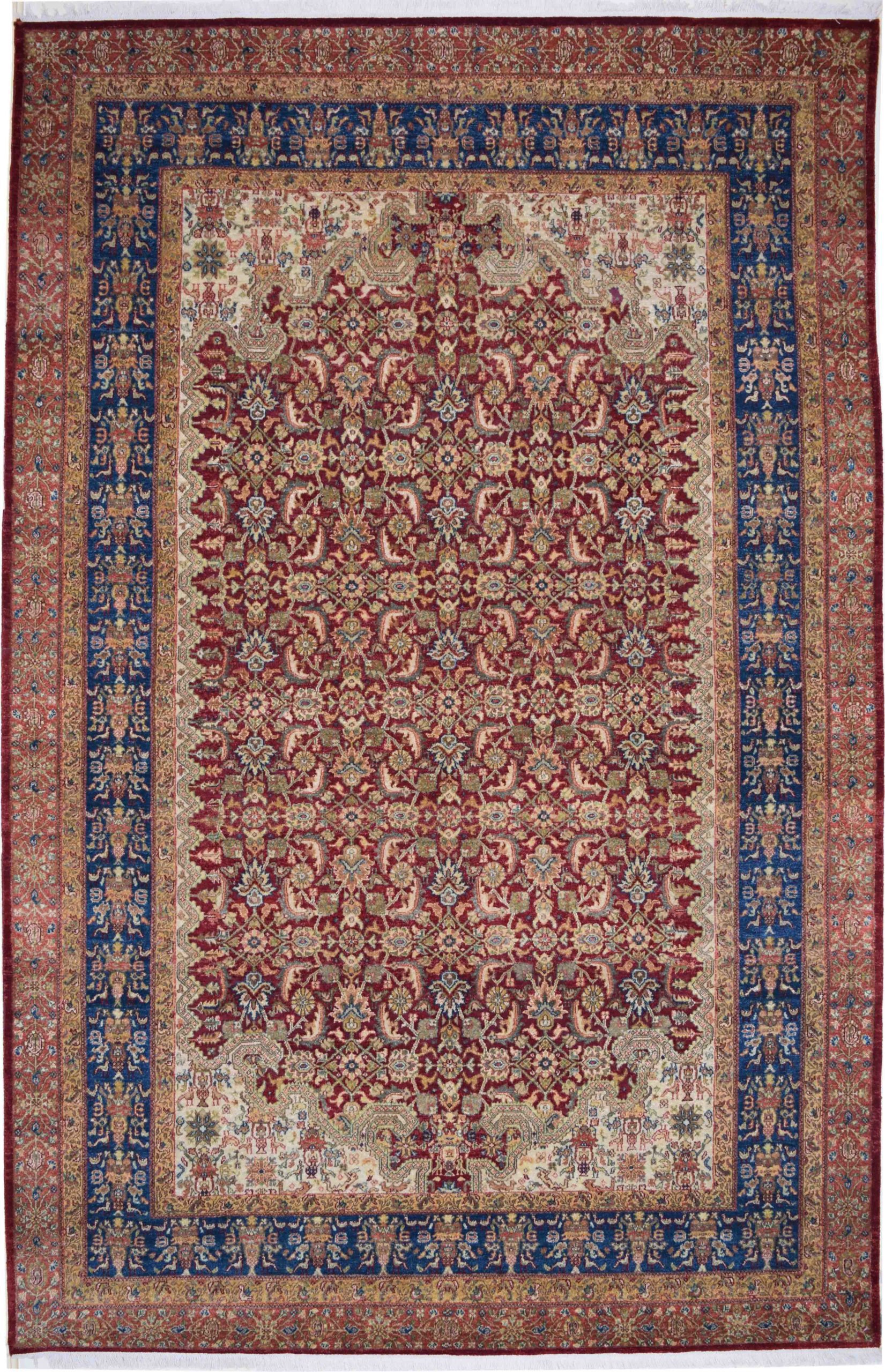
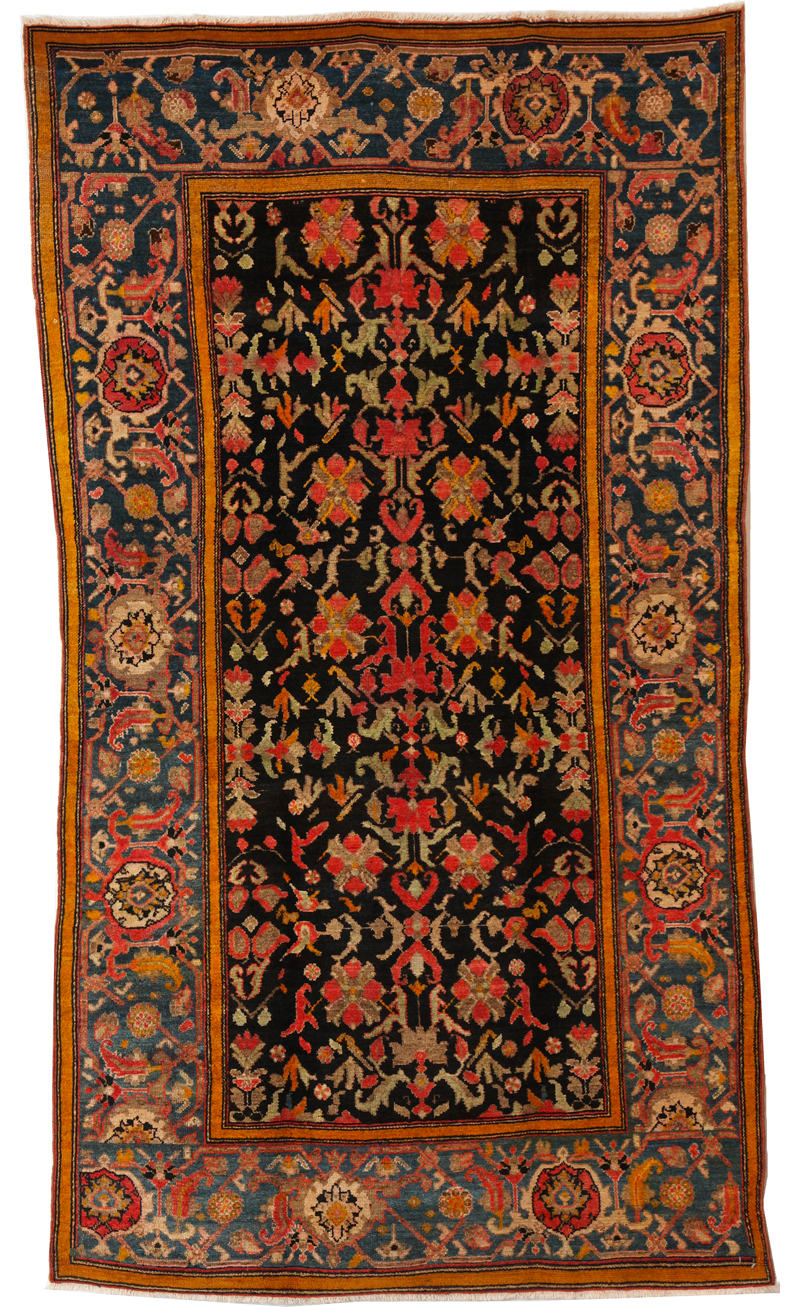
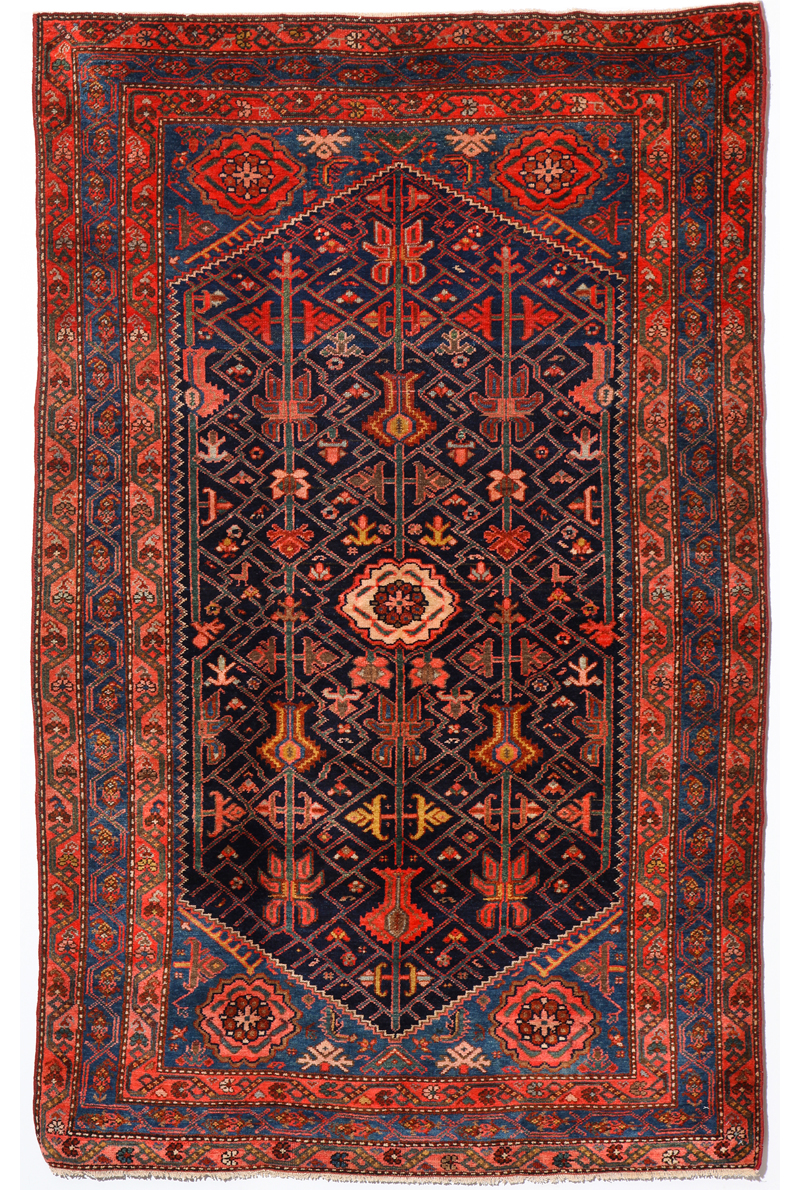
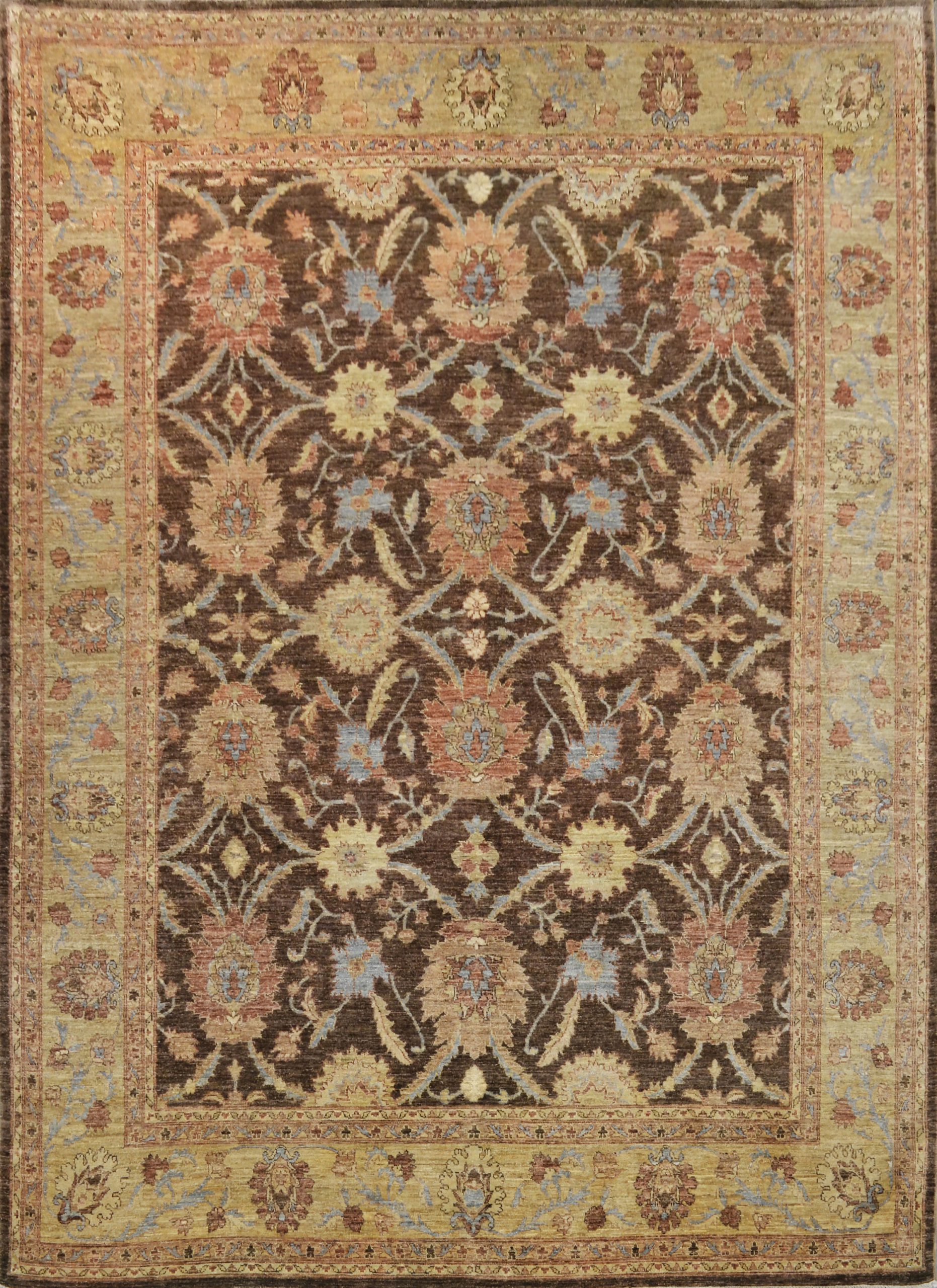
Be sure to check out Orley Shabahang’s Farahan collection at orleyshabahang.com and visit our digital showroom at 1stdibs.com!


